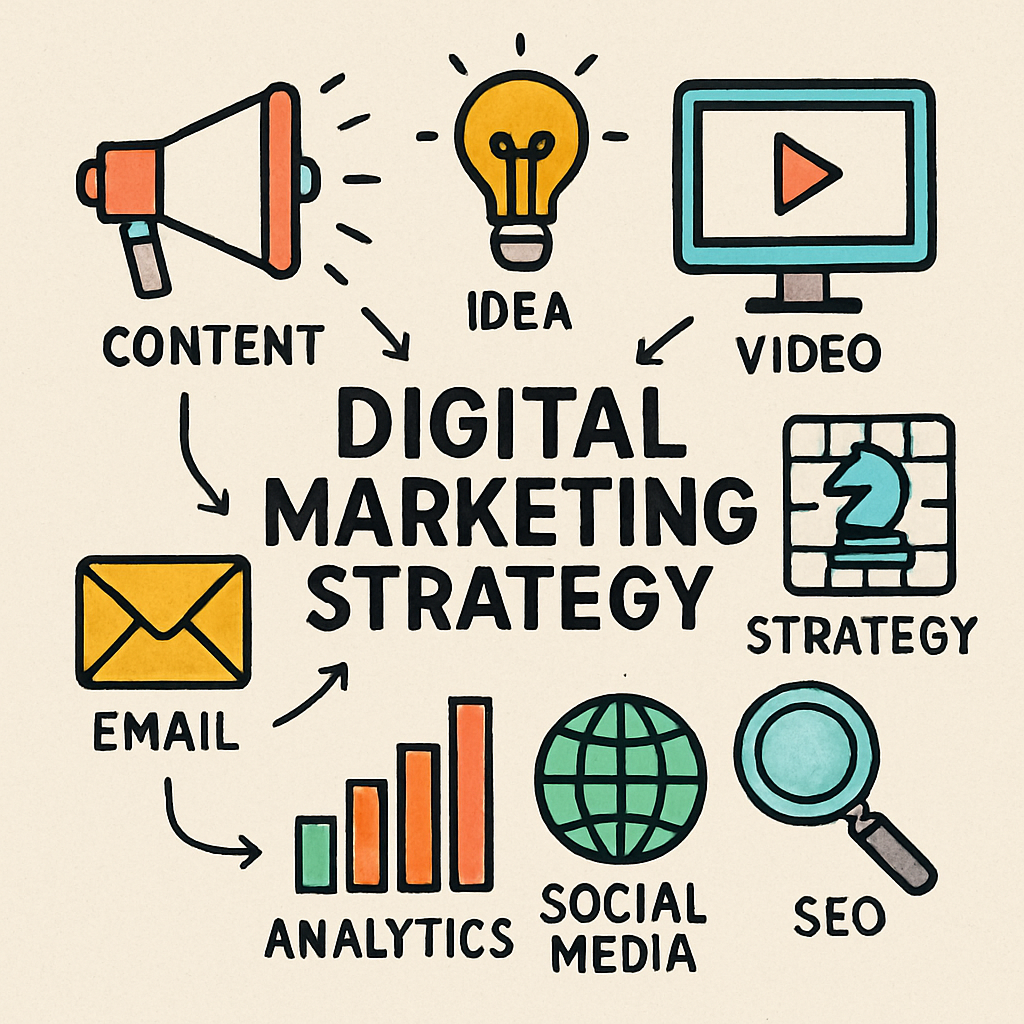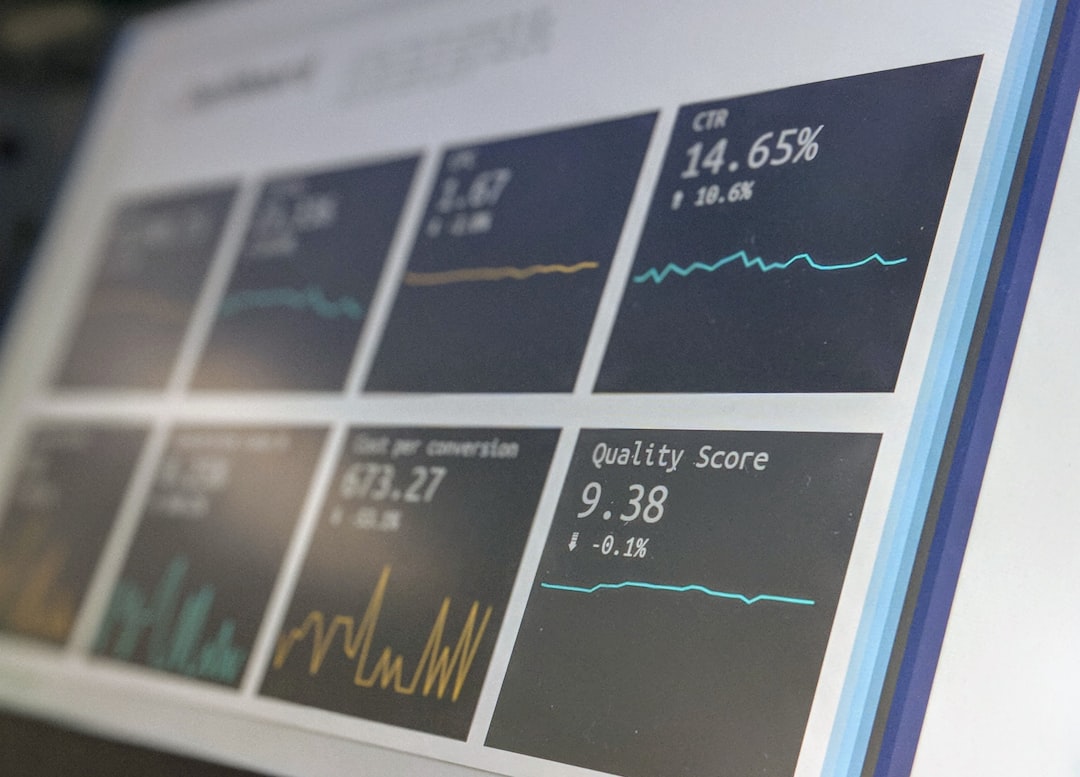Popunder traffic has been a staple in the digital marketing world for quite some time. But what exactly is it, and how can it benefit your advertising strategy? This comprehensive guide will help you understand the ins and outs of popunder traffic, why it’s effective, and how you can use it to enhance your marketing efforts.

What is Popunder Traffic?
Popunder traffic refers to the visits generated from popunder ads. These ads are similar to pop-ups, but instead of appearing on top of the current window, they open in a new tab or behind the current browser window. This subtle difference makes popunder ads less intrusive, allowing users to see them after they close or minimize the main window they were originally viewing.
How Do Popunder Ads Work?
Popunder ads are triggered when a user performs a specific action on a website, such as clicking on a link or a button. This action prompts the ad to open in a new tab or window. Unlike pop-ups, which can interrupt a user’s browsing experience, popunders are designed to be less disruptive, often going unnoticed until the user closes their current browser window. Need help optimizing and creating a popunder traffic campaign? Then go look at our popunder traffic optimizing guide!
Why Use Popunder Traffic?
Popunder traffic can be a valuable asset to your digital marketing strategy for several reasons. Here are some key benefits:
1. High Visibility
Popunder ads ensure that your message is seen by the user. Since they open in a new tab or behind the current window, they stay there until the user closes their browser, increasing the likelihood of engagement.
2. Cost-Effectiveness
Buying popunder traffic can be more affordable compared to other types of online advertising. The cost per impression (CPI) tends to be lower, making it an attractive option for advertisers with a limited budget.
3. Better User Engagement
Because popunder ads are less intrusive, they tend to have a better engagement rate. Users often view these ads more favorably than pop-ups, leading to higher conversion rates.

How to Buy Popunder Traffic
If you’re considering incorporating popunder ads into your marketing strategy, here’s how you can get started:
1. Choose the Right Network
There are several ad networks that specialize in popunder traffic. When selecting a network, consider factors such as reach, targeting options, and pricing. Some popular networks other than PlugRush include PropellerAds, PopAds, and AdCash.
2. Set a Budget
Determine how much you’re willing to spend on popunder ads. Keep in mind that while popunder traffic can be cost-effective, it’s crucial to allocate a budget that aligns with your overall marketing goals.
3. Define Your Target Audience
To maximize the effectiveness of your popunder ads, it’s essential to define your target audience. Consider demographics, interests, and online behaviors that align with your product or service.
4. Create Compelling Ads
Crafting engaging and visually appealing ads is vital to capturing the attention of your audience. Make sure your ads have a clear call to action (CTA) and align with the interests of your target audience.
Measuring the Success of Your Popunder Campaigns
Once your popunder ads are live, it’s important to track their performance. Here are some metrics to consider:
1. Impressions
Impressions indicate how many times your popunder ad has been displayed. This metric helps you understand the reach of your campaign.
2. Click-Through Rate (CTR)
CTR is the ratio of users who clicked on your ad compared to the number of impressions. A higher CTR indicates that your ad is engaging and relevant to your audience.
3. Conversion Rate
The conversion rate measures the percentage of users who completed a desired action, such as signing up for a newsletter or making a purchase. This metric is crucial for evaluating the overall success of your campaign.

Best Practices for Popunder Traffic
To make the most of your popunder campaigns, follow these best practices:
1. Optimize Ad Timing
Ensure that your ads are displayed at times when your target audience is most likely to be active online. This can increase the chances of engagement and conversion.
2. Test Different Creatives
Experiment with various ad creatives to determine which resonates best with your audience. A/B testing can help you identify the most effective design and messaging.
3. Monitor and Adjust
Continuously monitor the performance of your campaigns and make adjustments as needed. This can involve tweaking your targeting, adjusting your budget, or refining your ad creatives.
Conclusion
Popunder traffic offers a unique and cost-effective way to reach your target audience. By understanding how popunder ads work and following best practices, you can harness their potential to drive engagement and conversions for your business. Whether you’re a seasoned marketer or new to digital advertising, popunder ads can be a valuable addition to your advertising toolkit. Popunder traffic is also great for feeding into traffic trading!
By taking the time to carefully plan and execute your popunder campaigns, you can achieve your marketing goals and enjoy the benefits of this powerful advertising format. Start exploring popunder traffic today and see how it can help you reach your business objectives.




